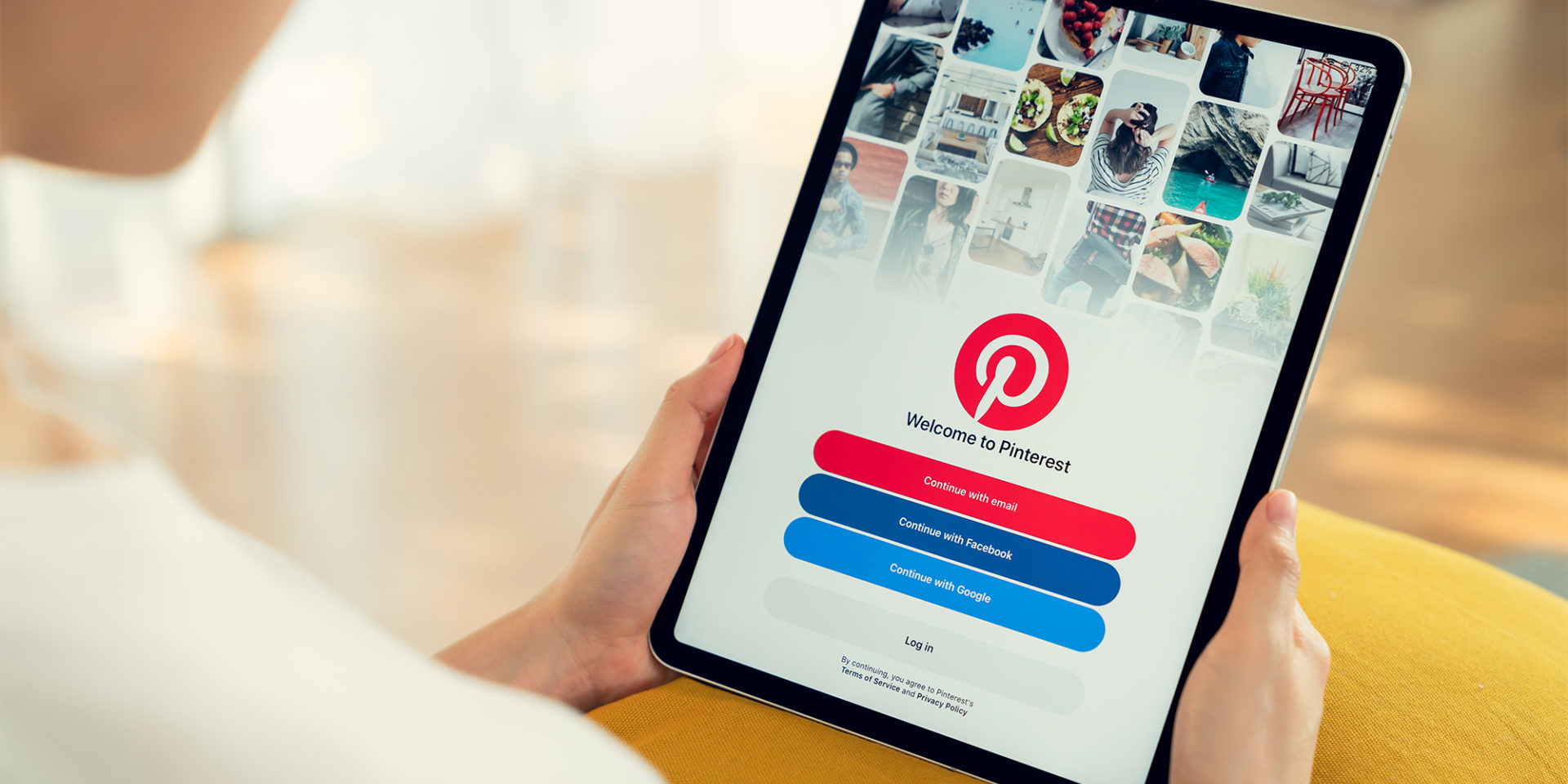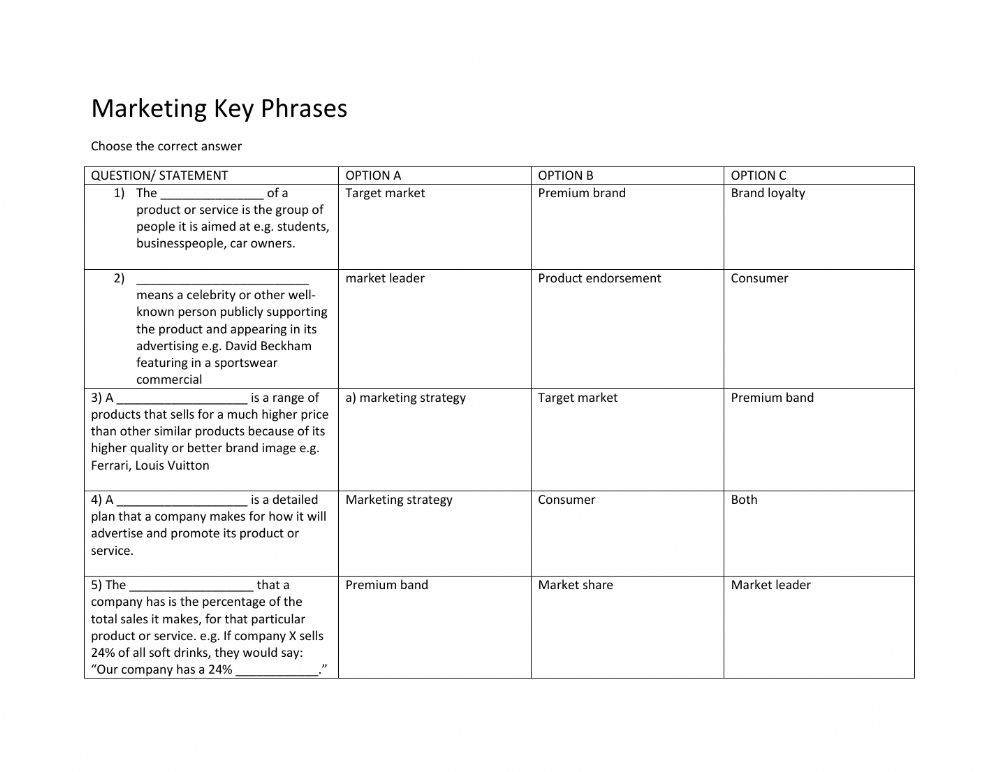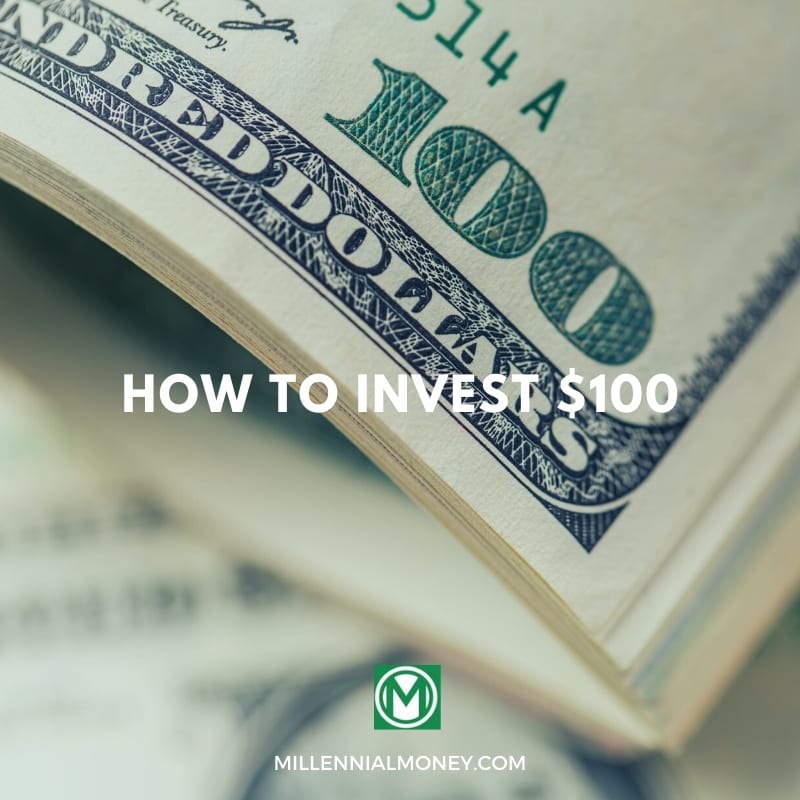
If you've ever wondered whether email marketing is better than social media marketing, read on. We will be discussing the differences and similarities between these marketing platforms. This includes the difference between email and social networks, the differences and reasons why paid content is better than social media. This article will also cover the differences between organic and paid content on social media. This article will ultimately help you to decide the best strategy for your marketing campaign.
Email marketing is far more effective than social networking marketing
In the realm of sales conversions, email is the clear winner. Email marketing is the clear winner in terms of sales conversions. Although social media may have a wider audience, it's more likely that your targeted audience will purchase your products and/or services than other channels. Social media's larger audiences may be appealing, but they are not ideal for maximising your ROI. Here are some reasons to avoid using social media for business promotion.
Consumers want more personal relationships with brands and companies. People want to establish real relationships with brands. Social media allows followers to scroll through their feeds to find the best content. In contrast, email is delivered directly to the user's inbox. Your content will be able to reach the reader just as easily as a friend, family member, or relative. This means that email converts subscribers better than other methods to make them pay for their services.
Email has a bigger user base
Facebook, like other social media platforms, has a large audience but a limited reach. Emails are more popular than Facebook, but they also reach more people organically. Social media algorithms limit the reach of email addresses, which in turn limits their reach. Email has a larger user base than social media. You might wonder why you would want to use email for business promotion. Let's see the pros and cons of each.
While social media marketing is a popular way to reach a large audience, email is the most efficient tool for reaching multiple leads. Many email subscribers are likely to forward marketing emails to their friends and family, which means you get a wider audience than you would with social media marketing. Adobe found that the average person who uses email is using it for 6.4 hours per day. Nearly half of those people check their inboxes before and after work.
Email is more task-oriented

There are several key differences in email. One difference is that most people check their email first thing in the AM. They are less likely get distracted by competing messages. People who are on a mailing lists are more likely be to open your email and take action. You can choose how you want your message to look and what it contains.
Another major difference between the two forms of marketing lies in the importance of personalization. Marketing emails can be personalized to include the recipient's name. This is a major difference from social media. This helps drive higher open rates, click-through rates, and conversions. Personalization of email marketing is far easier than it is on social media. Facebook posts rarely address users by name, for example. Email can be a powerful way to reach your target audience, and make them feel special.
Paid vs. organic vs. social media content
The way you intend to reach your target audience will determine whether paid vs. organic content is best. Organic content is created specifically for your followers, and is shared freely with no promotional cost. Paid content, however, costs more but is shared by your followers. When determining whether to use paid or organic content, consider how much time and money you can devote to each. Both options have their merits and can be used in combination.

While organic content is free to post, it is not guaranteed to reach your target audience. Paid content is designed to target your intended audience, and is the best option if you want your business to grow quickly. On each platform, you can find both organic and paid content. Choose the one that is most effective for your needs, and then decide how to best use them to reach your target audience. One example is to create a content strategy which helps you identify the best social media platforms for your target audience.
FAQ
Can I Improve My Rankings Using Link Building?
Link building is the process for creating quality backlinks to your site. It's important to ensure that websites linking to yours are relevant for your business. The better the link, the more authoritative and unique it is.
What is an SEO strategy?
A good SEO strategy ensures you're not missing out on any opportunities to grow your business. When ranking higher in search results, there's no point in having great content if nobody ever finds it!
An effective SEO strategy will help you establish relationships with industry experts and influencers. With their knowledge and connections, you can learn new tricks and techniques to get ahead of your competitors.
Where should my website be located?
Your website should be located at the top of the search results. It must appear at the top or near every search result. There may be hundreds of pages for some search terms. How does your website stack up against these other websites?
Where can I find my keywords
Consider what type of products or services your company offers and who your ideal customer might be before you start looking for standard terms. Once you have your list of phrases you can use Google Keyword Planner or the popular search engines DuckDuckGo, Yahoo, Bing and Yahoo to view what people are searching for.
How do I create an SEO strategy?
An effective SEO strategy starts with understanding your goals and how to get there. This will enable you to structure and organize your content around the goals.
Step two is to get started with your keywords. Doing keyword research can give you insights into what people are looking for by analyzing the terms they use. You can then write articles about those topics by using this information.
Once you've written your articles, ensure to include your target keywords throughout them. You should also optimize each article by including relevant images and videos. Finally, make sure to link to related pages whenever possible.
Once you've finished writing all the content for your site, it's time to start optimizing that content!
Statistics
- If two people in 10 clicks go to your site as a result, that is a 20% CTR. (semrush.com)
- : You might have read about the time that I used The Content Relaunch to boost my organic traffic by 260.7%: (backlinko.com)
- 64% of marketers actively create SEO campaigns because they help hit multiple key performance indicators (KPIs), including increasing traffic, helping your site rank for relevant keywords, improving your conversion rate, and much more. (semrush.com)
- And 90%+ of these backlinks cite a specific stat from my post: (backlinko.com)
- Which led to a 70.43% boost in search engine traffic compared to the old version of the post: (backlinko.com)
External Links
How To
How can I determine if my SEO is doing well?
There are several ways you can tell whether or not you're doing great SEO:
-
Your bounce-rate should be below 30%. That means users must leave your page before they click on anything else. A high bounce ratio means that your audience does not trust your brand, or is not interested in the products you are selling.
-
Your site visitors visit many pages - this indicates that they are engaged with it and finding information useful.
-
Your conversion rates are improving. Your audience is aware of your product and wants it to be bought.
-
Your average time on site is increasing - people spend longer viewing your content.
-
This is a good sign that you are doing great SEO.
-
You're getting more shares on social media - this shows that your content is being shared by others and reaching audiences outside your follower base.
-
You're getting more comments on forums - this shows that people respond positively to your work.
-
There's more engagement around your website - more likes, tweets, shares, and likes on posts.
-
Your rank in SERPs keeps increasing, a sign your hard work is paying off.
-
You're receiving more leads from your website - this shows that people have found your website organically and are now contacting you.
-
Your sales are rising - this is a sign that people who found your website while searching for your services and products are buying them.
-
You get more views and comments on your blog posts, which means that people find your content useful and interesting.
-
More subscribers mean more customers to your email list. This shows that people are able to trust you enough to sign up for updates about your company.
-
The sales are increasing - this means that people are liking your products and are willing to pay more for them.
-
You have more social media followers, which means that your fans are sharing your content and engaging with you brand.
-
This means that journalists are talking more about your brand online. This increases your brand awareness and improves your reputation.
-
Your brand is being recommended frequently - this means other companies are also recommending your brand.
-
People keep returning to your website - this shows your customers are happy with your work and will come back again the next time they need your help.
-
Your competitors are losing ground. This is because they didn't spend as much on their SEO campaigns, which makes them look bad.
-
Your brand's image is changing - this shows that your brand is becoming popular among a new group of customers.